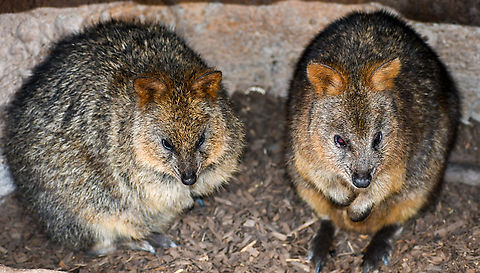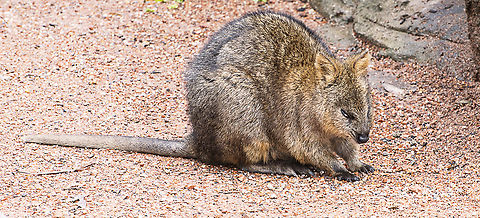
Distribution
Although numerous on the small offshore islands, it has a very restricted range and is classified as vulnerable. On the mainland, where it is threatened by most introduced predatory species such as foxes, it requires dense ground cover for refuge. Agricultural development has reduced this habitat, and has thus contributed to the decline of the species. Introduced cats and dogs, as well as dingoes, have added to the problem, as have the clearing and burning of the remaining swamplands.
Habitat
In the wild, its roaming is restricted to a very small range in the South-West of Western Australia, with a number of small scattered populations on the mainland, one large population on Rottnest Island and a smaller population on Bald Island near Albany. The islands are free of foxes and cats. On Rottnest, it is common and occupies a variety of habitats ranging from semi-arid scrub to cultivated gardens.References:
Some text fragments are auto parsed from Wikipedia.